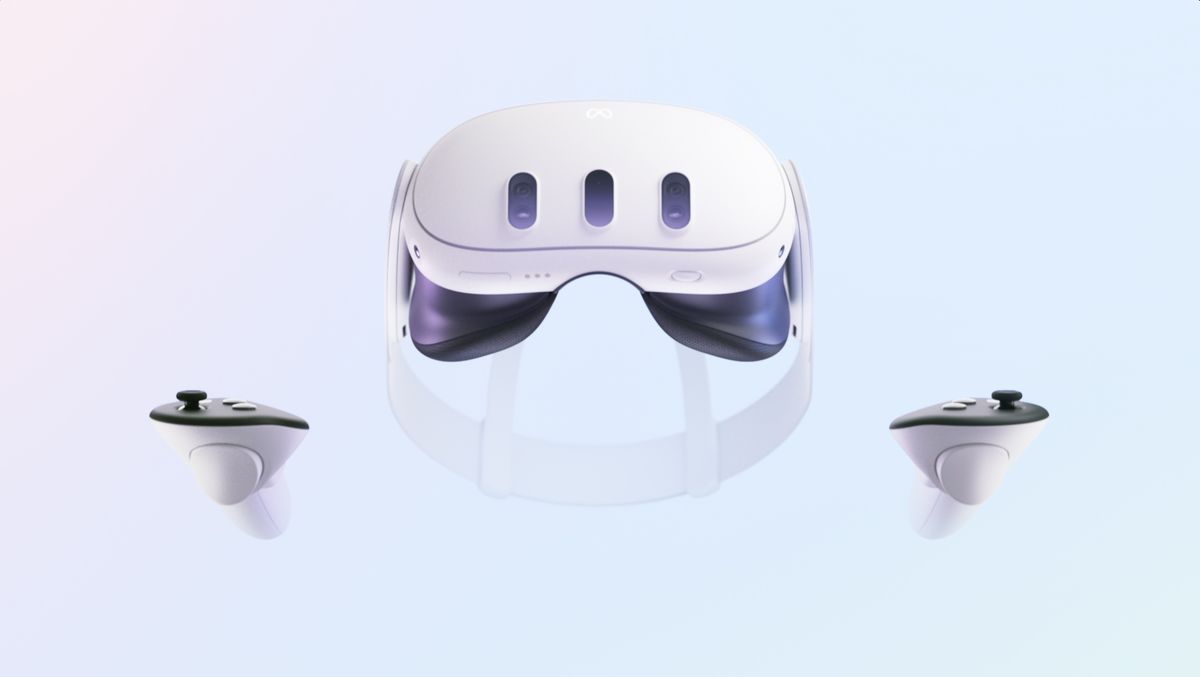Super blue moon: When and how to see it
Did you just hear there’s a super blue moon? Are you frantically trying to glimpse it as if it’s some kind of legendary Pokémon? Breathe. The super blue moon, which will be visible starting at 9:36 p.m. ET on Wednesday, is probably not a once-in-a-lifetime opportunity, and also it’s just the moon.
But looking at the night sky is always worth it (as long as you’re somewhere with a nice view), so here’s a quick guide to this lunar rarity — which is mostly a rarity of the calendar, but also something to be dazzled by.
A blue moon is just a second moon in a calendar month. As the name suggests, a month can usually only fit one full moon, but the 29.5-day duration of the lunar cycle makes blue moons inevitable every two or three years. You may or may not remember that this past August 1 had a full moon (which was also a supermoon). On Wednesday evening there will be another. That’s the “blue” part — and no, it’s no more blue-colored than the moon any other time of year.
Since supermoons are less rare than blue moons — occurring about once per quarter — this is the third one this year, and the second in August. We get a supermoon whenever a full moon coincides with the moon’s “perigee” or the closest point to Earth in its orbit. When it’s super, the moon will appear 14 percent larger and brighter than an ordinary full moon, with a stronger pull on the tides.
The last time this happened was in 2018 — but there was also a lunar eclipse at the time, so you may remember everyone scrambling to see the “super blue blood moon.” The next time this happens will be in 2037.
How to see the super blue moon
If you’re gazing up at night in the U.S. after 9:36 p.m. ET on Wednesday, there’s no celestial object that’ll be easier to spot than the moon. If you’re having trouble, however, note that depending on your location it’ll probably be roughly north or northwest around the time it peeks over the horizon. Additionally, on Wednesday night, you might notice a bright, starlike object to the upper right of the moon. That’s the planet Saturn.
If you need extra help finding the moon, stargazing apps with augmented reality features are tremendous (this author uses SkySafari). These apps take out all the guesswork, overlaying a detailed, annotated view of the night’s sky over your field of vision. NASA, for its part, recommends binoculars for lunar viewing, so you can pick out the bumps and craters.


